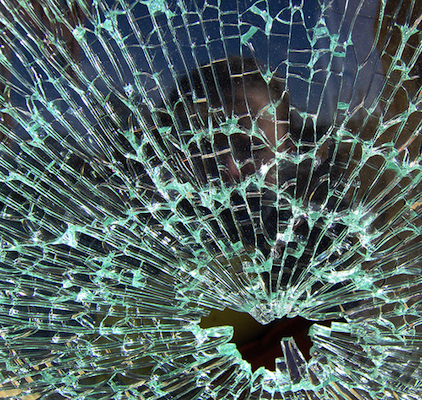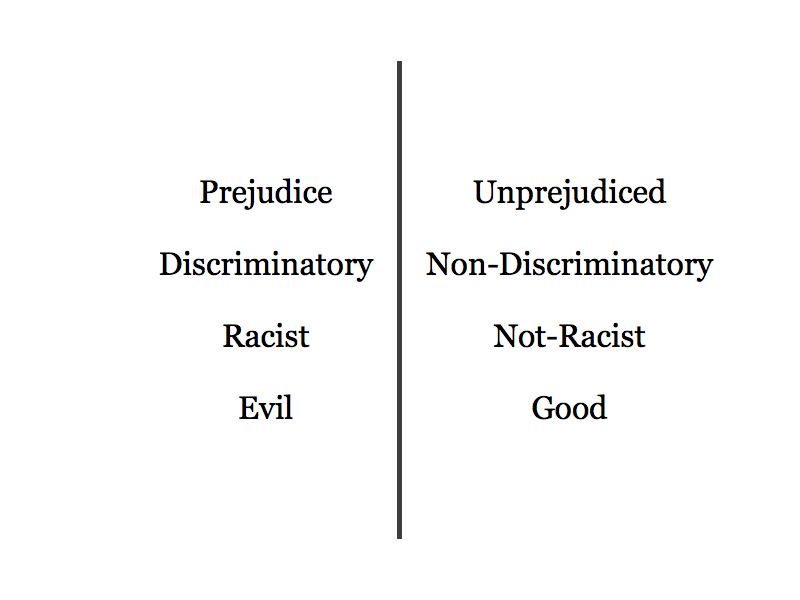Why do you get paid to teach sociology? Why is that of value? Why do many colleges require that their seemingly unrelated majors, like physics, take a sociology course?
Sociology is required because being able to see how social systems affect individuals is supremely valuable skill. Empathy, acceptance, and understanding all start by being able to understand the position of another and you can not understand another without acknowledging the difference in their lived experiences. Empathy, acceptance, and understanding are the keys to closing a sale, building an alliance, and achieving your goals in the face of opposition. Those who have these skills will be better citizens, business people, and have a richer, more meaningful life.
So it only makes sense that students are falling over themselves to get as much out of your classes as possible, right?
Many of us have found that our students are not as excited by sociology as we are. On the first day many students see no value in the class, beyond the fulfillment of a college requirement and being one step closer to graduation. Some, maybe even most, have heard that sociology is “an easy A”. Why is there such a discrepancy between the obvious value sociology educators see in our courses and the minimal value students may possible see?
Barriers in Students’ Minds
I think I can answer both why sociology is required and why students tend to not see value in a sociology course. Sociology is the study of seeing beyond the individual to the social or the systematic. This is something that for many of our students they have been systematically taught to ignore, minimize, and devalue. A system oriented explanation of personal suffering (whether economic, educational, or political) is seen as playing the “blame game”. It is a sign of weakness and the shrugging of responsibility in many social circles. Part of being socialized in the United States means being prescripted with all of the explanations and justifying rationales one would need to disregard any systematic analysis of the world that conflicts with their present individual centered world view.
Part of being socialized in the United States means being prescripted with all of the explanations and justifying rationales one would need to disregard any systematic analysis of the world that conflicts with their present individual centered world view.
Many students have a strongly wall barrier in their minds that prevents them from even considering how social systems affect themselves or others. For many students the individual or “personal responsibility” logic is extremely compelling and the wall in their mind is a immoveable barrier, a fortress wall. Students are comfortable living behind this wall. It may be all they’ve ever known. In my experience students of all ages, races, ethnicities, genders, and education levels can potentially suffer from this Balkanization of the mind*.
So then the answer is, sociology is an extremely valuable skill that many of us have a very hard time acquiring. You are paid to help students identify the barriers they have created for themselves and encourage them to break through it. I say encourage because you can not force students to do anything they don’t want to.
From this vantage point students who challenge the sociological arguments and evidence you present are not being obstinate or “jerks” as I have heard some call them. Students are defending the walls they’ve created in their minds with the tools society has preloaded them with. Students are not necessarily being “disrespectful” to you, they may be experiencing cognitive dissonance by trying to hold onto their old world view while trying accept or consider the new opposing world view you are presenting them. That is how you can present a obvious and logical argument supported by clear evidence to students and they can dismiss it out of had. Your students are also certainly not unintelligent or incapable of learning sociology. Teachers with this vantage point can work from a place of sympathy, understanding, and patience.
Breaking Through
You are not responsible for shattering the barriers in your students minds. You need only put a single crack in the wall. Over time, as the students gain more perspective or as the things you have taught your students pop out at them, pressure will build against that barrier and eventually the crack you placed will spider out. Then the immoveable barrier, the fortress wall, will shatter like glass and students will cross over to a new perspective of the world. This may be years after your class. You may never see it. Regardless, when you evaluate your effectiveness as a teacher it can not be in terms of what percent of the class broke through and “got it”. Be respectful of the process and kinder to yourself.
*It should be noted that all of us have to one degree or another this prescripting. And all of us, including you and I, are responsible for continuous critical self-evaluation and dismantling the wall were we find it.


